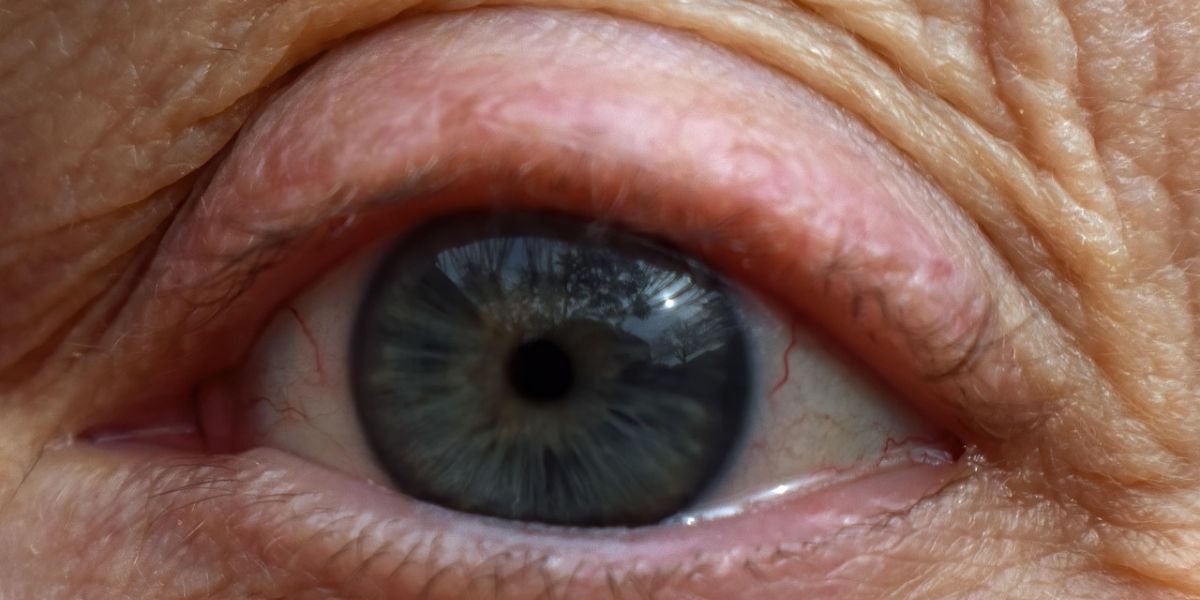Kapanlagi.com - Cholesterol, the fatty substance produced naturally by our bodies, can also be obtained from various foods. Although cholesterol plays an important role in building healthy cells, too much cholesterol in the body can be dangerous! Excessive levels can cause blockages in blood vessels, increasing the risk of heart disease and stroke.
Did you know? One indication that your cholesterol levels are not normal can be seen in the eyes! Signs of high cholesterol in the eye area are often overlooked because they do not cause pain or immediate vision disturbances. However, some small changes in the eyes can be an early signal that cholesterol is starting to accumulate in the blood.
Recognizing these signs early is crucial to taking preventive measures before the condition worsens. Some signs to watch for include lumps on the eyelids, rings around the cornea, or even plaques in the blood vessels of the eyes. Although these symptoms are not always dangerous, they can be important indicators to seek further examination promptly.
1. Xanthelasma: Fat Bumps on the Eyelids
One prominent sign that often appears in individuals with high cholesterol is small yellowish bumps around the eyelids, known as xanthelasma. These bumps are actually deposits of fat that form under the skin due to high levels of cholesterol in the blood.
Although similar to styes, xanthelasma occurs in greater numbers and contains fat. This condition is more commonly experienced by women, particularly in middle to older age.
Although they usually do not cause pain and do not interfere with vision, their presence often makes sufferers feel less confident due to their impact on appearance. Therefore, if you find xanthelasma, it is highly recommended to check your cholesterol levels.
2. Arcus Senilis: White Ring Around the Cornea
One warning sign that may be lurking about your health is the appearance of a white, gray, or bluish ring at the edge of the cornea, known as arcus senilis. This ring, which forms due to the buildup of fat as one ages, usually does not interfere with vision.
However, its presence could be a signal that your cholesterol levels have exceeded normal limits. Although arcus senilis is generally found in older individuals, if you notice this ring appearing at a young age, it could be an indication of high cholesterol that requires serious attention.
Research shows that this condition is more common in individuals with high levels of LDL, or bad cholesterol. So, if you find this ring before reaching 40 years of age, be sure to get a blood test to monitor your cholesterol health!
3. Hollenhorst Plaque: Fat Deposits in the Eye's Blood Vessels
Hollenhorst plaque, the hidden marker of high cholesterol, can appear in the small arteries of the eye and pose a threat to our vision. This plaque is formed from cholesterol clumps that break off from large arteries, infiltrating the small blood vessels in the eye and obstructing blood flow.
Although it often does not cause clear symptoms, its presence can be dangerous, even potentially leading to blindness if not taken seriously. During a routine eye examination, a specialist can easily detect this plaque using the appropriate tools.
If identified, it is important to conduct further examinations on cardiovascular health, as this could signal serious problems in the arteries of other parts of the body.
4. Long-term Risks If High Cholesterol Is Not Addressed
High cholesterol can indeed become a serious issue if ignored, as it can trigger various dangerous complications in the future. Fat deposits that accumulate in the blood vessels can potentially lead to more severe blockages, increasing the chances of heart disease, stroke, and other circulation disorders.
Not only that, the signs of cholesterol that appear in the eye area can also worsen, affecting appearance and comfort. In some cases, untreated xanthelasma can grow larger and become difficult to remove.
Therefore, it is very important to regularly undergo blood tests to monitor cholesterol levels and adopt a healthy lifestyle. By managing our diet, exercising regularly, and avoiding foods high in saturated fats, we can keep cholesterol levels within safe limits and reduce the risk of more serious health issues.
5. People Also Ask
1. Does high cholesterol always show symptoms in the eyes?
Not always. Many people with high cholesterol do not experience symptoms in the eyes. However, for some, signs such as xanthelasma or arcus senilis may appear as early warnings.
2. Can xanthelasma go away on its own?
Xanthelasma will not go away without medical treatment. If cholesterol is well controlled, its growth may slow down, but existing bumps usually need to be removed through dermatological procedures.
3. How can one prevent signs of high cholesterol in the eyes?
Maintaining normal cholesterol levels through a healthy diet, regular exercise, and avoiding fatty foods can prevent the appearance of signs of high cholesterol in the eyes.
4. Is arcus senilis dangerous?
Arcus senilis is not dangerous and does not affect vision. However, if it appears before the age of 40, it is advisable to check cholesterol levels immediately as it may be a sign of hypercholesterolemia.
(kpl/rmt)
Disclaimer: This translation from Bahasa Indonesia to English has been generated by Artificial Intelligence.












